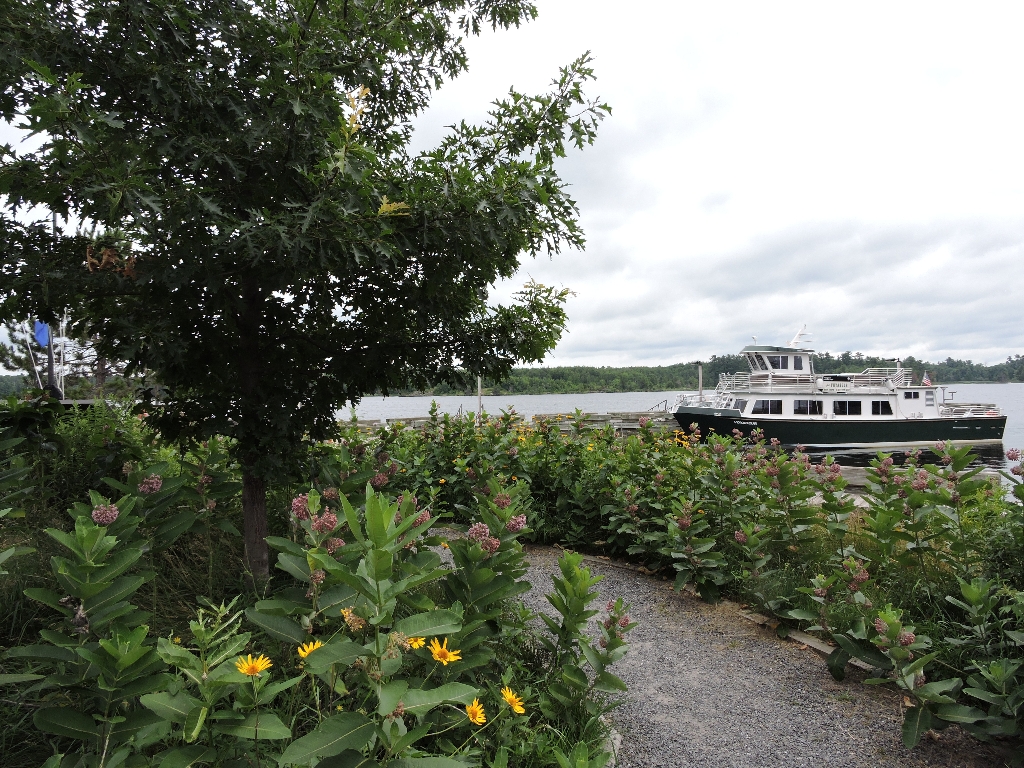
This one-acre garden of native plants restores a site that had been overtaken by invasive plants. In the 1990s, during dredging for the boat basin, invasive reed canary grass was transported to this location. Due to this plant’s prolific roots and early growing season, reed canary grass stole resources from vulnerable native plants, transforming this once bountiful site into a barren field. The term ‘ethnobotanical' refers to the cultural importance of the native plants and their uses to the local inhabitants. By the early 1700s the Ojibwe people had moved into the area that is now Voyageurs National Park and remain closely connected to this land.
Our lives depend on the environment in which we live. Each of us is affected by nature's rhythm whether it’s the availability of seasonal foods, changes in outdoor recreation, or the clothes we wear. For the Ojibwe, each season brought different plants used for food, medicine, ceremonies, and raw materials.
With interpretive signage and exhibits to guide you along the the scenic ADA accessible trail immerse yourself in the ethnobotanical garden. Learn about the history of the local Ojibwe and the plants on which they relied while also pondering the significance of native plants in our daily lives.
Is there something we missed for this itinerary?
Itineraries across USA


















































